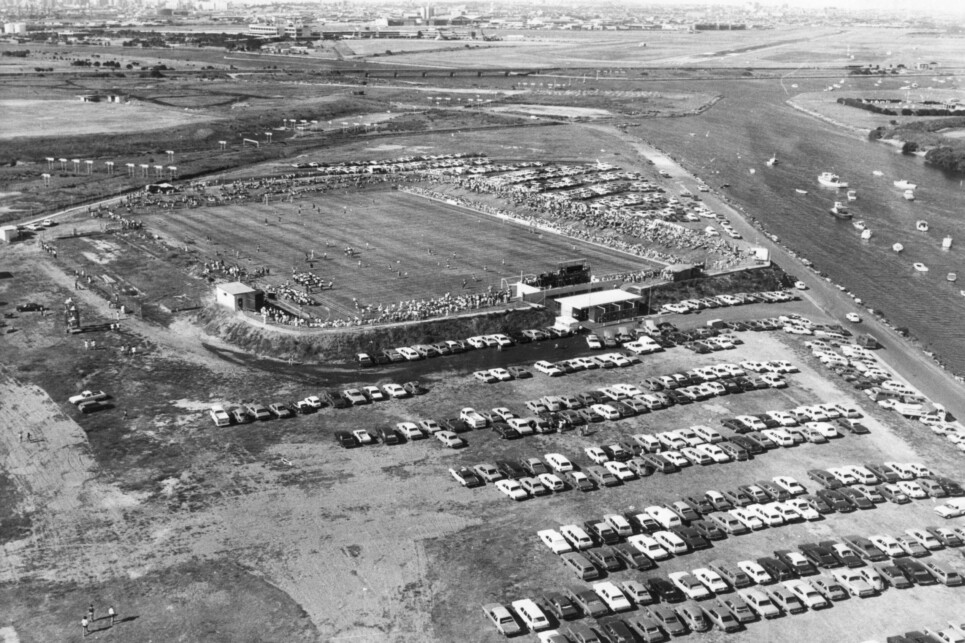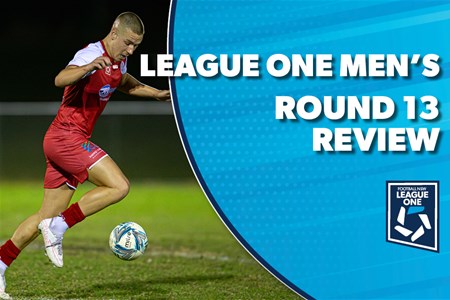St George Stadium to celebrate 40 years of existence

The 5th March 1978 won’t mean a lot to many people but on that day, what was to become one of the most popular football stadiums in Sydney opened its gates for the first time and this coming weekend will represent 40 years since St George Stadium’s turnstiles saw fans pass through for its grand opening.
St George Stadium was the brainchild of the proud St George Budapest committee and in particular, Steve Koenig, recorded in the St George Budapest Silver Jubilee publication as the “Father” of the Stadium.
Work commenced in 1976 before its gala opening against South Melbourne in the National League, then known as the Philips Soccer League, on that March Sunday afternoon.
A 2-0 loss may have followed for St George, but the crowd of 3,853 in attendance certainly enjoyed the occasion.
The respective captains, George Harris for St George and Peter Ollerton for South Melbourne, along with referee Tony Boskovic, entered the field of play in what could only be described as one of the most novel ways imaginable.
By helicopter.
The Stadium was opened without its grandstand which was not completed and ready until the 1979 season, but once it was, it became the pre-eminent boutique football stadium in Sydney.
And it hosted matches which included international and foreign club sides, our own Socceroos and Young Socceroos, and was the major stadium for Sydney-based finals matches in the NSL.
Most of those matches occurred during the Stadium’s heyday of the 1980s although in the mid-1990s, St George, under the presidency of the late, great Les Murray regularly entertained J-League sides including Jubilo Iwata in 1996, which fielded Brazilian 1994 World Cup winner Dunga in their lineup.
In January 1982, the Stadium saw the visit of the Hungarian national team, competing as part of a four-team tournament to celebrate the club’s 25th year.
With Hungary having qualified for the World Cup Finals in Spain, to be held six months later, it shows how much the St George club was respected. But also, now, how the world of football has changed. It is hardly likely that a national team, six months out from a World Cup, would make a similar trip again, to the other side of the world, to play Australian club sides.
Put simply, the Stadium has seen everything.
St George’s only NSL, and national title, was claimed at the Stadium in 1983, following a 4-0 defeat of Brisbane City, the Saints claiming the premiership by a single point from Sydney City.
A crowd of 11,221 packed the ground for the 1984 NSL Grand Final second leg between Sydney Olympic and South Melbourne, a match featuring former Socceroo coach Ange Postecoglou; the Oceania Football Confederation qualifiers for the 1985 Under 20 World Youth Cup all took place there, including an epic final qualifying encounter between Australia and Israel, in front of a full house.
Even an Olympic Games qualifier in 1988 between Taiwan and Western Samoa found itself kicking off at the Bestic Street stadium.
An appearance by Pele, on the occasion of his 50th birthday in 1990, added off field colour but St George’s relegation from the NSL in 1991 saw the Stadium’s role diminish, notwithstanding a tenancy by Sydney Olympic for a further couple of years.
The newer upgraded Marconi Stadium became the major boutique stadium from then on, while the Saints’ new-found foray in the State Leagues resulted in the Stadium becoming a size far in excess of what was required.
Sadly, the grandstand itself was declared unsafe ten years ago, and while St George FC continued to play its home games there until the end of 2016, and women’s and youth leagues continue, it has been at a Stadium far from its glory days.
With a proposed re-development of the area possibly resulting in upgraded and modern football facilities, it is hoped that the famous St George club can once again have a home football stadium its sporting reputation deserves.
In the meantime, there are certainly plenty of memories to be had, recalling the almost forty years of football at the wonderful St George Stadium.
-By Peter Rowney


